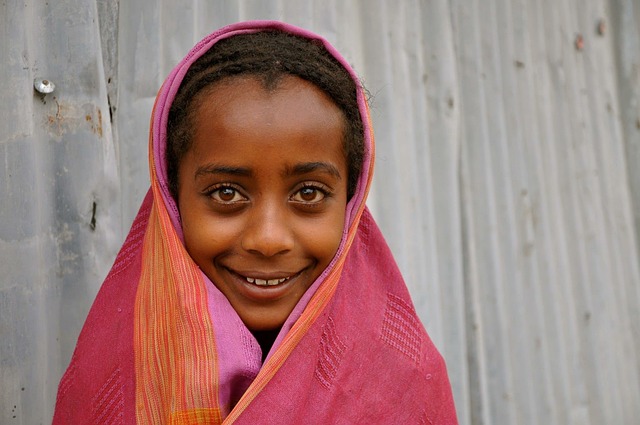5 Organizations Working to Improve Food Security in Ethiopia
 Food security in Ethiopia is largely dependent on climate. This is what makes the 2011 Horn of Africa drought so devastating. The drought left 4.5 million Ethiopians in need of emergency food aid. Another drought in 2017 hit, putting another 8.5 million at-risk of hunger. In efforts to combat Ethiopia’s food insecurity, five organizations are working to provide various forms of food aid.
Food security in Ethiopia is largely dependent on climate. This is what makes the 2011 Horn of Africa drought so devastating. The drought left 4.5 million Ethiopians in need of emergency food aid. Another drought in 2017 hit, putting another 8.5 million at-risk of hunger. In efforts to combat Ethiopia’s food insecurity, five organizations are working to provide various forms of food aid.
5 Organizations Working to Improve Food Security in Ethiopia
- Food and Agriculture Organization of the United Nations (FAO)
In recent years, the FAO has been collaborating with the Ethiopian Government to execute the Country Programming Framework (CPF). The CPF is a 5-year program to address crop production, livestock and fisheries, and sustainable natural resource management to combat food insecurity. In the case of crop production, crop productivity per unit of land is low due to pests, diseases, as well as the limited use of crop-boosting technologies. In response, the FAO has promoted the use of crop intensification, diversification and pest management practices. - TechnoServe
TechnoServe has been working to help Ethiopians increase the production of food and cash-based crops. This work is especially helpful for small landholders who make up 95 percent of Ethiopia’s agricultural GDP. TechnoServe’s impact involves teaching farmers techniques such as intercropping maize with beans to increase productivity. The nonprofit is also aiding forest-coffee producers to gain access to premium markets, which offer higher prices for their products. The coffee grown in the Gabrebeco Forest is not only distinct in taste from other brands, but it also serves as an important source of income for impoverished communities. However, this coffee is often sold as a low-grade bulk product, limiting the economic power of Ethiopians. This Coffee Initiative, however, is estimated to save 150,000 hectares of the forest and allow 10,000 farmers to earn higher incomes, mitigating Ethiopia’s food insecurity. - USAID
USAID’s Feed the Future initiative which focuses on helping the vulnerable gain access to markets. The plan has three main focuses: growth based food security, helping the vulnerable access markets and implementing economic regulations. To do so, USAID is looking to increase the value of products such as maize, wheat, coffee, sesame, chickpea, honey, potato, livestock and poultry. Feed the Future is also working to kickstart enterprises by providing access to both technical and credit support. Again, USAID’s initiative would not only increase the food supply but also improve the economic status of Ethiopians to purchase food as well. - The Hunger Project
In efforts to help, the Hunger Project developed the Epicenter Strategy to mobilize Ethiopians so that they may meet their own needs. The Epicenter Strategy involves the establishment of epicenters, a coalition of 5,000 to 15,000 people who work to become leaders and initiate change on a local level. In addition to leadership skills, Ethiopians learn about nutrition, improved farming methods, micro-financing, as well as water and sanitation. Epicenters also provide information on composting and environmentally sound irrigation methods like drip irrigation. All of these will help to improve agricultural output and increase food security. - Farm Africa
Farm Africa has led several climate-smart based agriculture methods. For instance, many farmers tend to rely on rainfall as a source of water for their crops. However, this method is unreliable given the droughts the nation has faced. In response, Farm Africa has provided small farmers with water lifting motor pumps, giving farmers a year-round supply of water. In addition, droughts decrease the available food supply for livestock. To protect the surrounding land, Farm Africa has also been encouraging the implementation of rangeland management cooperatives. Doing so also helps farmers to work with local government officials to develop long-term resource management plans.
While there is still much more work to be done, each of these organizations has made great strides in addressing food security in Ethiopia.
– Iris Goa
Photo: Pixabay
